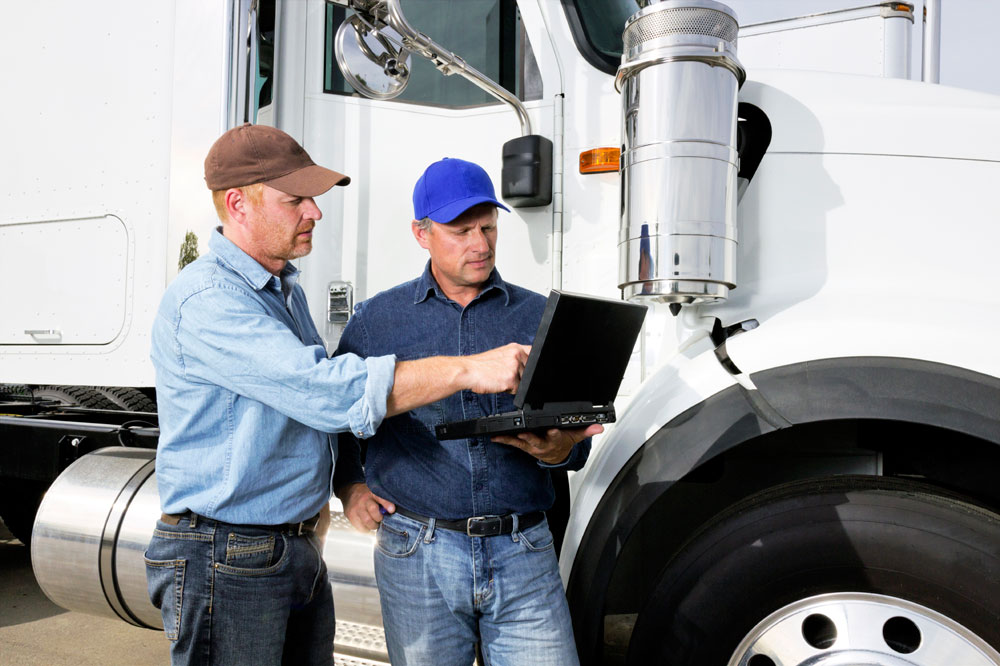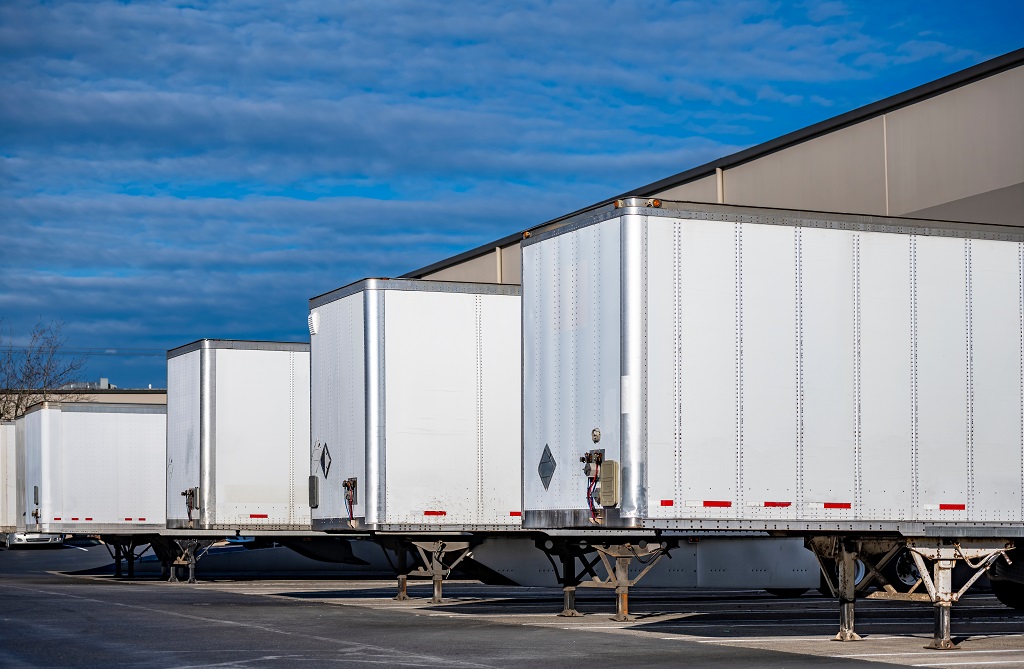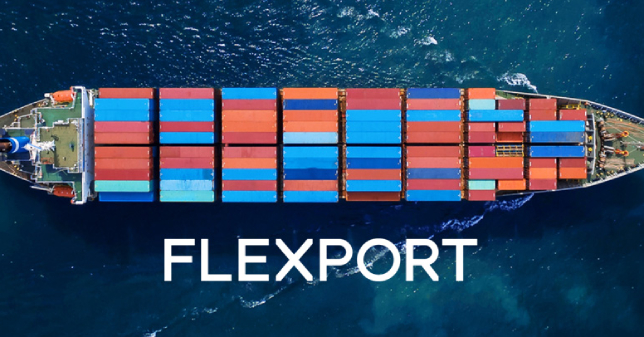A Bill of Lading (BOL) is the linchpin of global trade and shipping operations. It transcends being a mere document; it serves as a legal contract and pivotal receipt for goods in transit across various carriers like ships, trucks, or trains.
At its essence, the bill of lading is a repository of indispensable information encompassing the shipped goods, involved parties, and the terms dictating their transportation. Key elements typically found in a BOL include:
Shipper and Consignee: Identification of the sender (shipper) and recipient (consignee) of the goods.
Carrier: Specification of the entity or company responsible for the goods' journey.
Goods Description: Detailed information about the shipped goods—quantity, weight, packaging, markings, and special handling instructions.
Point of Origin and Destination: Clear delineation of the loading and delivery locations.
Freight Charges: Inclusion of the costs associated with transporting the goods.
Terms and Conditions: Outlining the transportation contract, encompassing liability, insurance, deadlines, and other pertinent provisions.
Signatures: Requirement of agreement signatures from the shipper, carrier, and occasionally the consignee, validating the agreed-upon terms.
The bill of lading serves multifaceted roles. It acts as evidence of the carriage contract, a receipt for the goods, and even a document of title that enables the consignee to claim the goods upon their arrival.
In international trade, it is indispensable for customs procedures, payment settlements, insurance claims, and dispute resolutions. Its paramount importance lies in ensuring the smooth and secure movement of goods across various transportation modes, fostering transparency, and upholding accountability.
In the Context of Relay Shipments:
Relaying goods involves the transfer of shipments from one carrier to another during the transportation process. Here's a comprehensive look at how the bill of lading operates in this scenario:
Initial Carrier: This carrier, receiving goods from the shipper, issues the bill of lading and assumes responsibility for transporting the goods to a transfer point or port.
Transfer or Relay: Goods are transferred to the next carrier at the designated transfer point or port for further transportation to the final destination.
Through Bill of Lading: A pivotal document that covers the entire journey, consolidating the responsibilities and liabilities of all carriers involved.
Endorsement or Assignment: The initial carrier may endorse or assign the bill to the subsequent carrier, transferring rights and obligations seamlessly.
Continuity of Information: The through bill of lading encompasses all relevant information about the goods and outlines each carrier's specific responsibilities, ensuring transparency throughout the journey.
Consignee Notification: It is imperative to inform the consignee about relay details, including updated arrival times and the pertinent information of the new carrier.
Through meticulous utilization of a through bill of lading and coordinated procedures for relay shipments, carriers ensure a seamless transfer of goods, adherence to proper documentation, and compliance with agreed-upon terms and conditions. This practice reinforces transparency, accountability, and efficiency in the intricate web of global trade and transportation.






